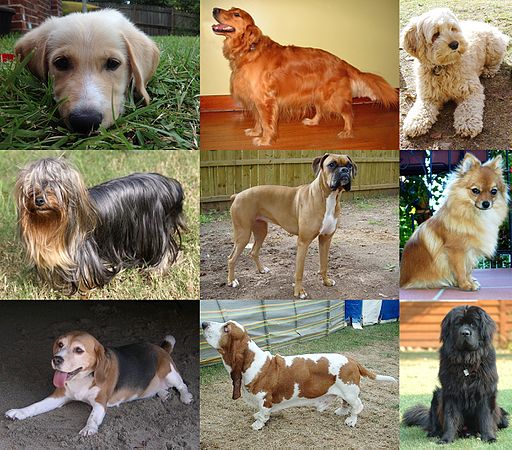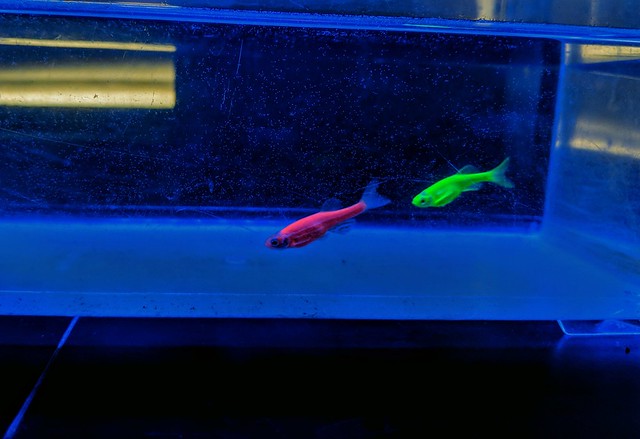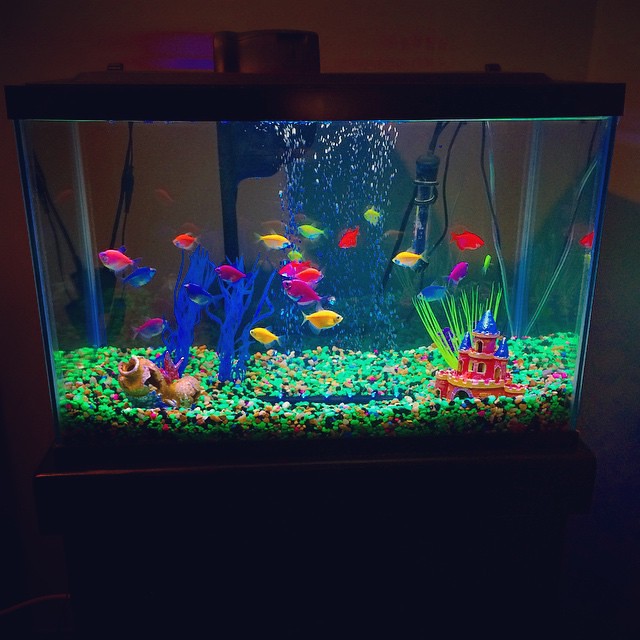Contents [hide]
Genetic Manipulation (selection)
Genetic modification of organisms has been occurring through human manipulation since the beginning of agriculture. Humans selectively bred crops and livestock to propagate desirable traits in a process termed artificial selection. The original grass that gave rise to domesticated corn called teosinte hardly resembles what we think of when imagining modern maize.

Variation: Crop domestication
Selective breeding can yield a variety of features even within the same species. Below is selection of vegetables of the species Brassica oleracea that have been developed into different varieties over the course of agricultural history.




Variation: Animal domestication


Companion animals like dogs underwent thousands of years of domestication and selection for traits that were desirable for different circumstances. A high degree of morphological diversity exists between dog breeds and their ancestral grey wolf progenitor.
Genetic Manipulation (engineered)
Artificial selection takes multiple generations over a long period of time. With the advent of recombinant DNA and biotechnology, scientists can now genetically modify organisms through introduction of foreign genes to provide desirable characteristics within one generation. This process does not require traits to naturally arise in a species.




Tags: integration of knowledge, life-long learning, breadth of knowledge


